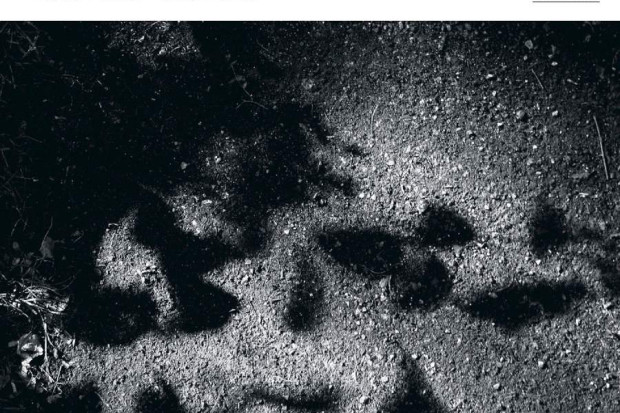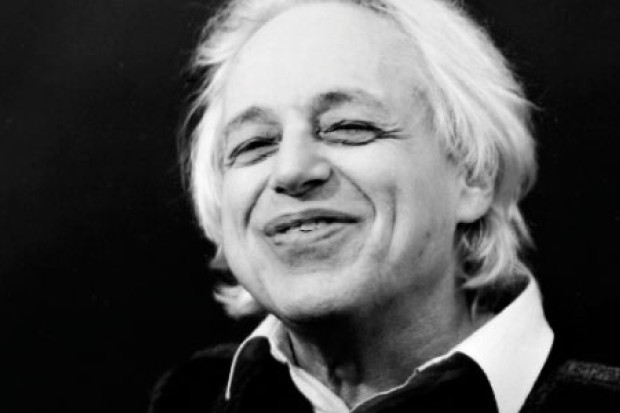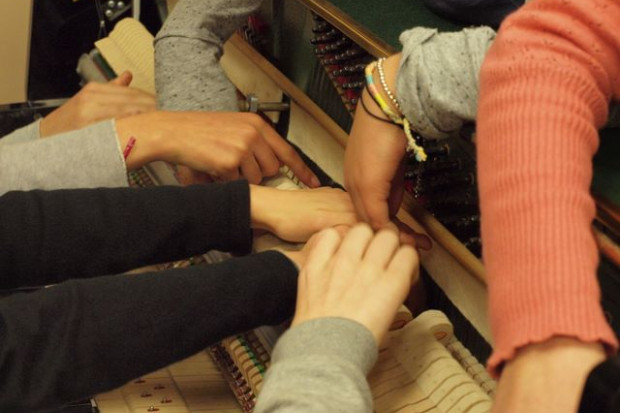Tanya Tagaq Gillis
Tanya Tagaq Gillis (vocals), Michael Edwards (laptop), Kenton Loewen (percussion)
Café Oto, London
16 February 2009
Tanya Tagaq Gillis works in a variety of vocal styles, from her native idiom of Inuit throat singing, to super-charged and loose-limbed house music, to supple hip-hop textures rich in groove. Sinaa, her early, largely solo (albeit multi-tracked) album prepared the ground for a more fluid, porous style on Auk, her second album. Auk, meaning ‘blood’, saw Tagaq boldly mixing influences: laptop and drums, cello and violin all became vital backbones to her sound. Most importantly, Tagaq’s intense, immersive sonic poetry emerged as something peculiarly sui generis, not Inuit music nor purely experimental music as such, but rather a fertile, floating complexity typical of our modern audio culture.
Building upon the fluid eclecticism of Auk, Tagaq’s live performances revel in the spirit of collaboration. At London’s Café Oto, she and her collaborators moved sinuously through a heterogeneity of styles in a single-span movement of about fifty minutes. Each player brought rich internal dynamics to the elastic textures of the music. Fragmenting, guttural shards of sound from Tagaq were recorded by Michael Edwards in the initial stages, who, through sampling and digital manipulation, transformed her already-glossolalic vocals into a swirling mass of echoes and dive bombs. Kenton Loewen showed consistent attention to the timbre of his colleagues, making good use of his drum-kit’s range. He began as he finished, with scraped cymbal tones eking out an affective space for the music.
From this exploratory beginning, Tagaq pressed the sound forward into areas of great ardour. She used her voice intelligently; compound melismas of grunts and strained high tones in quick alteration partnered the throbbing sub-bass of Edwards and cross-rhythms of Loewen during the transition to the first climax. Tagaq screamed, caressed thin high tones and exploited that cavernous depth that amplification can give to the voice. Loewen and Edward matched these unfettered paroxysms with pulsating house beats that decayed fluently into more scattered dubstep rhythms.
\Tagaq spent the period between the two points of climax largely on the ground, bejewelling her partners’ evocations of everyday sounds with whispers and apothegms centred on demonstrative physical and vocal statements of repeating mottos, such as ‘embrace your pussy’. (Physical theatre as an illuminator of sonic meaning is essential to Tagaq’s live performances.) More straightforward, four-square material drew the performance to a close, with Edwards gradually leading Loewen away from thudding rock patterns to a tri-lateral acid rock freak out, the trio bravely ebbing away into nothingness. This is passionate music, both supple and sensuous; Tagaq provided her own physical cadence to Edward’s long diminuendo, by gradually sinking her head to her chest.
Published on 1 April 2009
Stephen Graham is a lecturer in music at Goldsmiths, University of London. He blogs at www.robotsdancingalone.wordpress.com.














